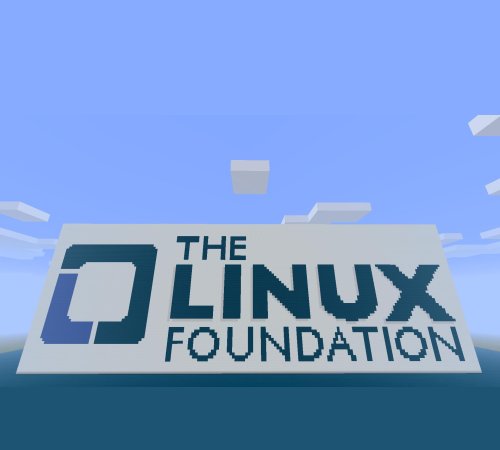

First off, make sure the ‘Edit Mode’ box is on. Since the Reaktor environment is often used simply to open projects created by others, a few options should be switched on before you start building your own projects. If you haven’t already, open Reaktor and create a new ensemble. With that in mind, let’s put together an extremely quick oscillator macro in Reaktor. These waveforms make up the sound sources of most synthesizers, while the other modules we’ll discuss today shape the sound of the oscillators in various ways. The most common types are sine wave, triangle wave, sawtooth and square waves (also called pulse waves).
REAKTOR LINUX HOW TO
This first How To Build A Synth In Reaktor tutorial assumes that the reader has not built anything in Reaktor yet.īy necessity, I’m going to cover a lot of very basic building stuff to start out, so bear with me, I’ll pick up the pace as soon as possible! OSCILLATORSįirst, we’re going to build a very basic Oscillator macro.Īn OSCILLATOR is a basic piece of any synthesizer that makes a waveform that repeats at a given frequency (usually determined by the note pitch of incoming MIDI notes). To start out, let’s quickly cover the basics of each component of a subtractive synth, and make a basic macro for each in Reaktor. We have a lot of ground to cover between now and then so let’s get down to it. However, in future tutorials this project will be expanded into a full-blown synth complete with it’s own customized waveforms and filters, built from the ground up. As such the end product will not be very complex nor will it be very musical – building a good synth is a lot of work! This first tutorial will focus on the very basic aspects of building in Reaktor, and creating the bare bones of a synth structure. No prior use or understanding of the Reaktor environment is assumed, and I will do my best to explain every single aspect of the synth from the ground up.
REAKTOR LINUX SERIES
Welcome! This tutorial is the first of a series that will teach the absolute beginner the basics of building a subtractive synth in Reaktor.
REAKTOR LINUX CODE
It’s now in beta, and you can participate by joining the Center Code platform.The first in a series of tutorials, How To Build A Synth In Reaktor – A beginners guide will teach an absolute beginner the basics of building a subtractive synth in Reaktor.
REAKTOR LINUX UPDATE
The new Native Instruments Reaktor 6.5.0 update will be available soon. I’m pleased to see that one of the best plugins from Native Instruments now gets the two features. Don’t forget that all your favorite Reaktor instruments and effects will automatically get VST3 and Apple Silicon support with this update. Native Instruments is among the last to offer Apple silicon support.

Second big news: the new Reaktor update will have native Apple silicon support. We’ve been waiting for this for a long time. Why it took such a long time for such a big company like Native Instruments to bring Reaktor to VST3 remains a mystery. Two highlights: Reaktor 6.5.0 brings VST3 support for macOS and Windows. It is an update that many users have been waiting for for a long time. The update is currently in open beta and will be released. but soon, it will be available for everyone-Reaktor 6.5.0 is here. Recently plugins like the FM8, Massive, Massive X, Kontakt 6/7, Guitar Rig 6, and Battery 4… got native Apple Silicon M1 and VST3 support.Īnother plugin, a very community-driven one, will get this update soon as well. But for a few months, things have been going on step by step. _ Article From February 5th, 2023įor a long time, there were no signs of life from Native Instruments regarding updates.


 0 kommentar(er)
0 kommentar(er)
